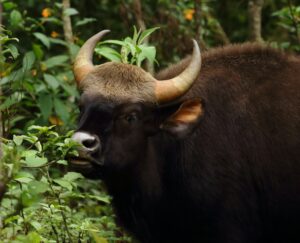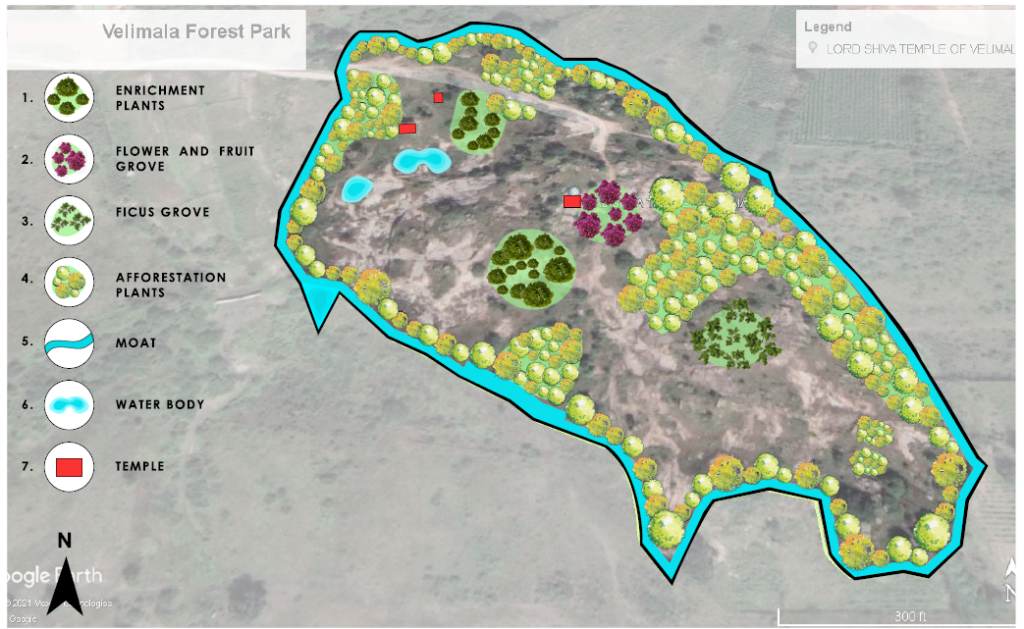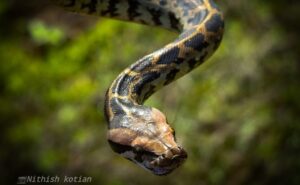

The chorus of birds singing, Butterflies fluttering, frogs calling and insects buzzing. The crystal clear water ponds and trees swinging in warm breeze.
These inspire FORREST to work on Ecosystem restoration which aims to halt and reverse the degradation of ecosystems and Initiate restoration process. The vision is to regain ecological functionality of the ecosystem and mitigate and adapt to climate change.
In this UN Decade on Ecosystem Restoration organizations all over globe are stepping up their efforts to play their part. In the line FORREST worked on a restoration of a Reserve Forest at Velimala village, Sangareddy district, Telangana.
FORREST worked on an all-inclusive approach of-
The zoning of reserve forest was done. Strategies for restoration were identified, planned, and executed as per zoning.
Barbed wire fence, moat along the periphery and live fence were erected to ensure security and prevent forest fire.
Biodiversity assessment was conducted, and species-specific habitat conservation approach was adopted. Food plants of resident and migratory species were included in the restoration area. Trees required for nesting and roosting were included in the forestry.
The area is dry and rocky. Natural water sources are in the form of small ponds. These ponds were rejuvenated and with the help of bunds and rainwater storing capacity of ponds was increased manifold.
For rainwater harvesting water percolation trenches and small ponds were created.
Marshy areas, areas with good vegetation, natural grasses, existing trees were conserved as it is with passive restoration.
Barren areas were restored with Miyawaki forest restoration techniques with 20000 trees of 130 native tree species. The trees for restoration were selected after rigorous, on field and off field, research of native, local, forest flora.
Where small number of flora species are already present, certain key tree species were introduced, to fasten the process of natural recovery and increase biological diversity under Enrichment planting.
Local community worked with the team for few months on this restoration initiative. The benefits of the restoration will be seen in a very large area on water, soil, biodiversity, and better environmental health in general.
Restoration monitoring is being done for next three years to ensure its sustainability, increase effectiveness and study the impacts.
Inviting all of you to join hands, to work together to conserve the world’s forests, to sustain nature’s diversity, mitigate climate change and support sustainable livelihoods through restoration, in all ways possible.

She conceptualized FORREST to conserve, to Inspire and to connect people back to nature. Her interest lies in Habitat ecology. A poet by nature with a touch of the wild.

We plan to restore a forest of 20000 trees in the monsoon of July 2021! And we need your help to do that! Contribute saplings in Vruksh Khosh or donate Rs. 50 per sapling.